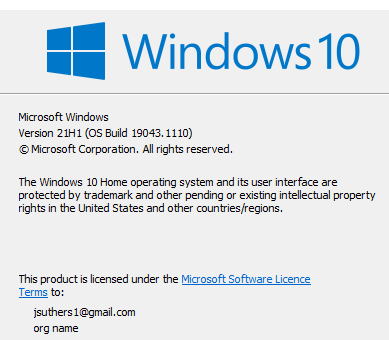
If you specify -ErrorAction Stop on any advanced function or cmdlet, it turns all Write-Error Thank you to Lee Dailey for reminding about using -ErrorAction Stop this way. Write-Error -Message "Houston, we have a problem." -ErrorAction Stop ErrorAction Stop, Write-Error generates a terminating error that can be handled with aĬatch.

I mentioned that Write-Error doesn't throw a terminating error by default.

+ FullyQualifiedErrorId : Bad thing happened + CategoryInfo : OperationStopped: (Bad thing happened:String), RuntimeException It's handled by a catch in aĬalling function or exits the script with a message like this. This creates a runtime exception that is a terminating error. To create our own exception event, we throw an exception with the throw keyword. Here is a quick overview of the basic exception handling syntax used in PowerShell. This is when you catch an error just to suppress it. I point this out because Write-Error and other non-terminating errors do not trigger the By default, a non-terminating error is generated by Write-ErrorĪnd it adds an error to the output stream without throwing an exception. A thrown exception is either be caught or it Terminating and non-terminating errorsĪn exception is generally a terminating error. When an exception is thrown, that call stack is checked in order for an exception handler to catch When the function exits or returns, it is removed Gets added to the stack or the top of the list. The call stack is the list of functions that have called each other. If an exception is thrown and it isn't caught by something, the script stops When an exception happens, we say that an exception is thrown.

IF I TRY TO RUN A POWERSHELL SCRIPT IT FLASHS THEN NOTHING CODE
Sometimes the author of the code you're using creates exceptions for certain issues Trying to divide a number by zero or running out of memory are examples of something that creates anĮxception. ExceptionĪn Exception is like an event that is created when normal error handling can't deal with the issue. We need to cover some basic terms before we jump into this one. The original version of this article appeared on the blog written The PowerShell team thanks Kevin for sharing this content with


 0 kommentar(er)
0 kommentar(er)
